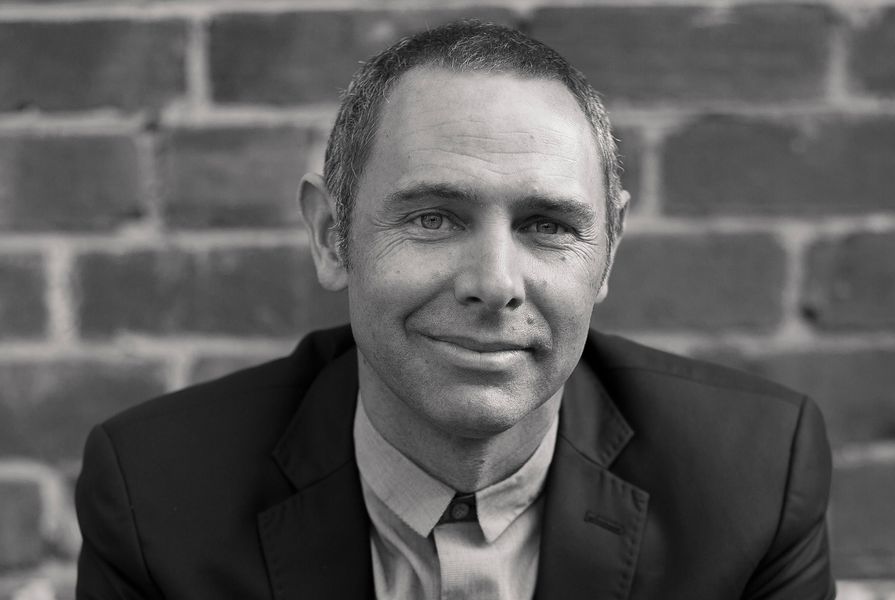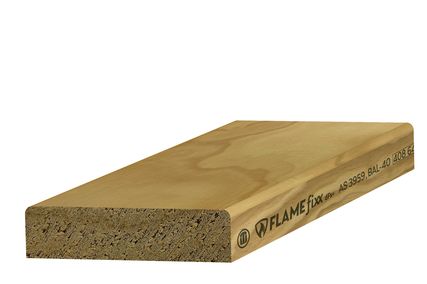The Victorian leaders of Architects Declare Australia have been talking about really simple, clear and key actionable items and working with the broader Victorian architecture community to push out those ideas.
The first [idea] was going carbon-neutral in 2020. Step one is converting to 100 percent GreenPower [acredited renewable energy] to trigger market change from “black power,” or coal- and gas-fired power, to renewable power, in an environment where the federal government won’t set new targets on renewable energy.
We’ve also been working on a big renewable energy campaign to switch [everyone] to 100 percent GreenPower. Fundamentally, the idea is that we will be able to use our volume to get green power for everyone at the same price as black power.
On top of that, the next simple step is that we’ve started preparing a template document to send to all of our consultants to say to them, “It’s time for you, if you’re working with us in the built environment, to take responsibility for your own carbon emissions and to switch from black power to green power and be carbon-neutral by the end of 2020.” We want to encourage all of our consultants to join us on that.
After that, we’re focusing on switching off gas in projects. The minute you take gas out of a building, it forces you to electrify the building. The minute you electrify the building, it gives you the opportunity to buy renewables and have no carbon associated with the operation of that building.
Then, there is embodied energy and there are three key things to tackle with that. The first is reducing the cement content in a building. The second is reducing steel or replacing steel with recycled steel. The third is putting local FSC-certified timber into the building. When you use local timber, you can pull out the steel and you can use the timber to sequester carbon.
You can still have thermal mass in structural concrete but [we’re suggesting] you take the cement out and replace it with fly ash or slag or even geopolymer. Fly ash and slag are waste materials of the steel industry, so they’re really cheap. You can also specify recycled aggregate and recycled steel for reinforcing. We’re going to issue a set of standard key specifications that you can write in. This might start, this year, with 30 percent recycled cement content. Then, next year, we can start ratcheting that up so that as the industry starts to adopt it, it gets easier and easier.
Everyone who studied architecture in the last 20 years already knows what they have to do. Our job is to help them come to the realization that they just need to do it and be tenacious enough to bring their clients along with them.
Clients often ask, “Will [sustainable techniques] cost more?” We say, “It depends on how you measure cost.” There are financial mechanisms to deal with that. With a multi-residential project, for example, we now use environmental upgrade agreements where we help facilitate a loan with the local council that pays for environmental upgrades on the building so that the developer doesn’t have to pay for it. The residents get the benefit through a low-interest loan, which gets paid off through their rates.
Read more interviews and articles from the climate and biodiversity emergency series.
















